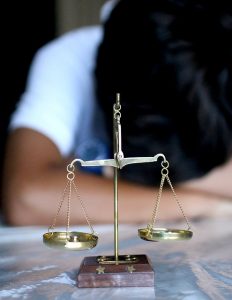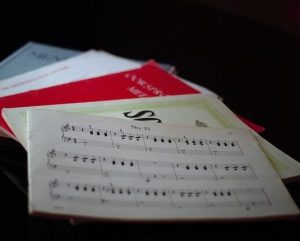


It is in human nature to assume and draw conclusions. Without us even realizing we do it on a daily basis. Even though some assumptions may be easy, like trying to guess if using SportNation.bet Promo Code would be interesting, that is not always the case.

People are complex beings and even more so when it comes to their personal property. Sharing and giving to others around you can be a sign of good will and kindheartedness but most people do not see it that way. On the other hand, some people assume that just because they need something badly they are allowed to take (sometimes borrow) it. And this is the root of the problem known as copyright infringement.
A copyright dispute is never an easy ordeal, especially when both creative parties claim certain copyrights to the matter in question. Moreover, some copyright arguments have reached the public’s eye and thus changed the world as we know it. Due to these famous copyright infringement cases, people today are aware of the consequences of taking someone else’s idea or creative property.

In 1991 youngsters around the world were swept off their feet with the song Ice Ice Baby, performed by a rising star called Vanilla Ice. But, the starting sequence if the song was “borrowed” from another song called Under Pressure, by David Bowie and Freddie Mercury. Because Vanilla Ice used the sample and did not credit the famous artists, he was sued. At first, he denied using the sample and afterward admitted using it, but more as a joke.
This case, however, never reached a formal court. The dispute was settled privately among artists with Vanilla Ice paying an unknown sum to Bowie and Mercury, but also crediting them on the song.

Art can be a very grey area when it comes to copyright infringement, and there is no better example than the case of Cariou vs. Prince. Richard Prince has been known in the artistic circles as an appropriation artist, meaning that he uses the works of fellow artists, changes them in a way to give them a new meaning. After using 41 images by the photographer Patrick Carious and transforming them for his own exhibition. The French photographer was not pleased by the use of his photographs claiming it to be copyright infringement.
The first ruling of the judge was in favor of Cariou but it was changed in 2013 in favor of Prince.
After Shephard Fairey created the famous Hope poster during Barack Obama’s campaign, Associated Press recognized the photograph as work of one of their own freelancers called Mannie Garcia. Even though Fairey fought hard by claiming that his own work didn’t diminish the value of the original photograph, the people of the Associated Press believed that they had the right to the earnings made from Fairey’s work. The case was settled outside the court, with both parties splitting the profit that came from the symbolic poster.

Comments are closed.